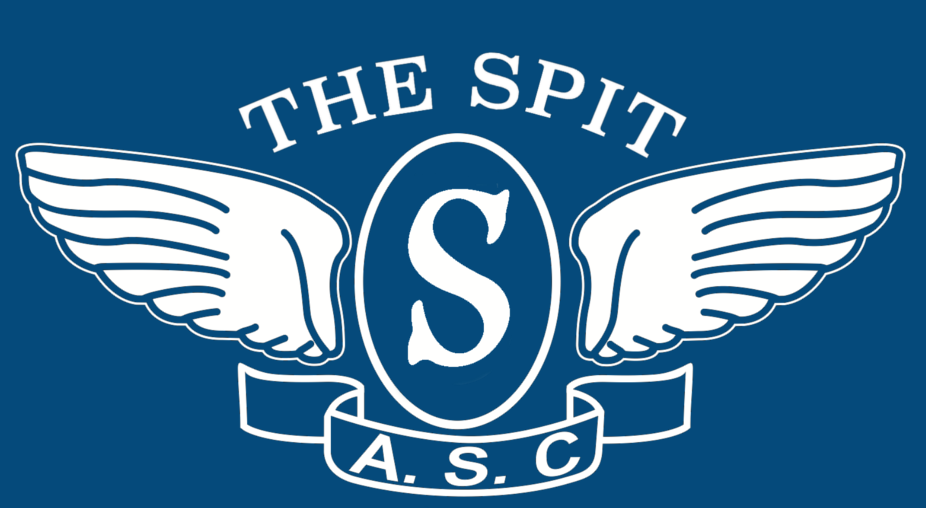Data computer software allows for the creation and analysis of large units of information. These types of solutions commonly include sturdy machine learning and unnatural intelligence features that can streamline and handle much of the manual oversight necessary for a typical organization analytics method. This type of solution can be utilized simply by any info analyst to make important business decisions that lower costs and maximize success.
SQL-based databases programs would be the most well-known means for info analysis, using a variety of alternatives readily available for any amount of experience. Several of these tools are designed to be used by business intelligence (bi) and stats professionals, with features just like graphing and dashboards. They are typically very reliable than spreadsheets and can be contacted anywhere, about any gadget. They are also frequently built about SQL, thus, making them easy to learn for new analysts.
The first of all generation of databases was based on Codd’s work, and used relational algebra to organize the data in to tables that had been easy to understand. One of many advantages of it was that it avoided the use of pointers (often physical disk addresses) to follow https://www.qadatasoft.net/how-to-fix-avast-quot-ui-failed-to-load-quot-error relationships among records. These kinds of table-based devices also allowed queries to be joined depending on these main relationships, which has been easier than following the connections in the previous navigational models that relied in hierarchies and free-form files.
Other visible tools that data analysts may use consist of MySQL, a relational database software system that may be free and widely used. It is especially useful for storing web application data, and has been the range of numerous well-known websites including Twitter, Vimeo, and Facebook or myspace. MAXQDA is another data program solution that may be popular among groundwork analysts. Founded “by analysts, for experts, ” this qualitative data analysis software allows users to organize and interpret different types of data from selection interviews, surveys, and more.
